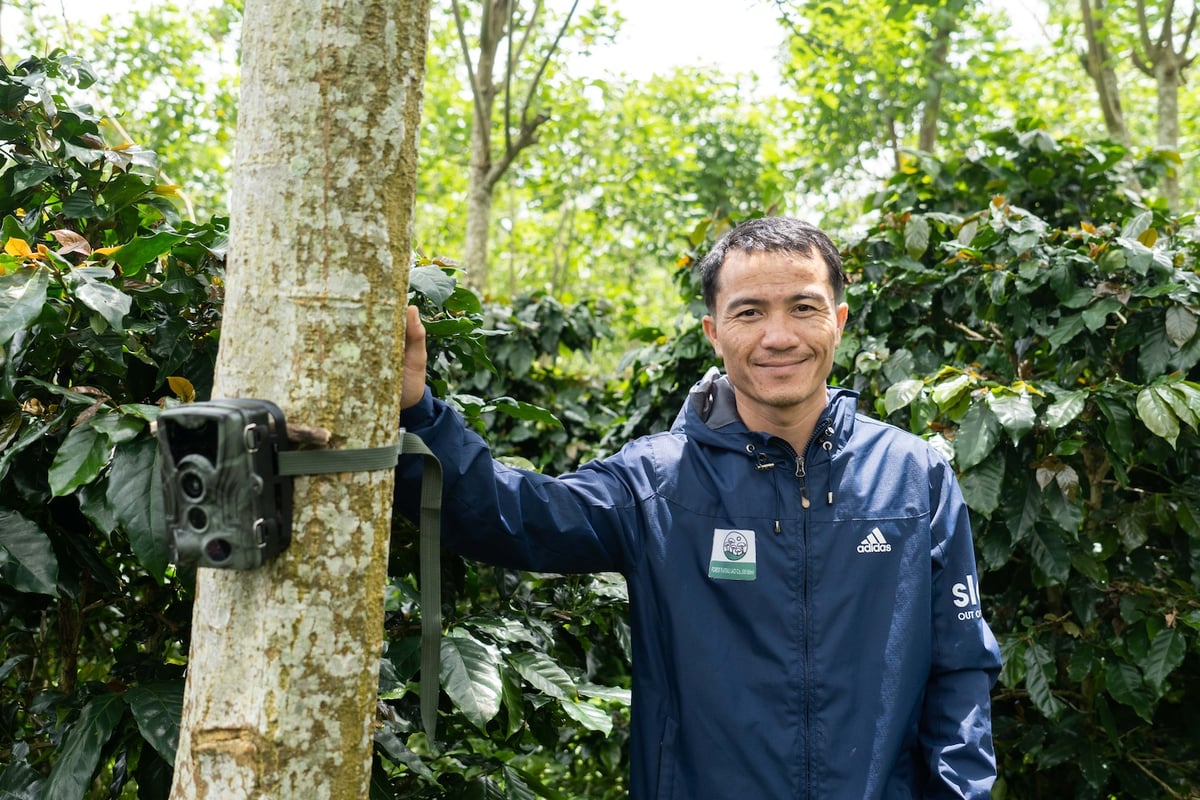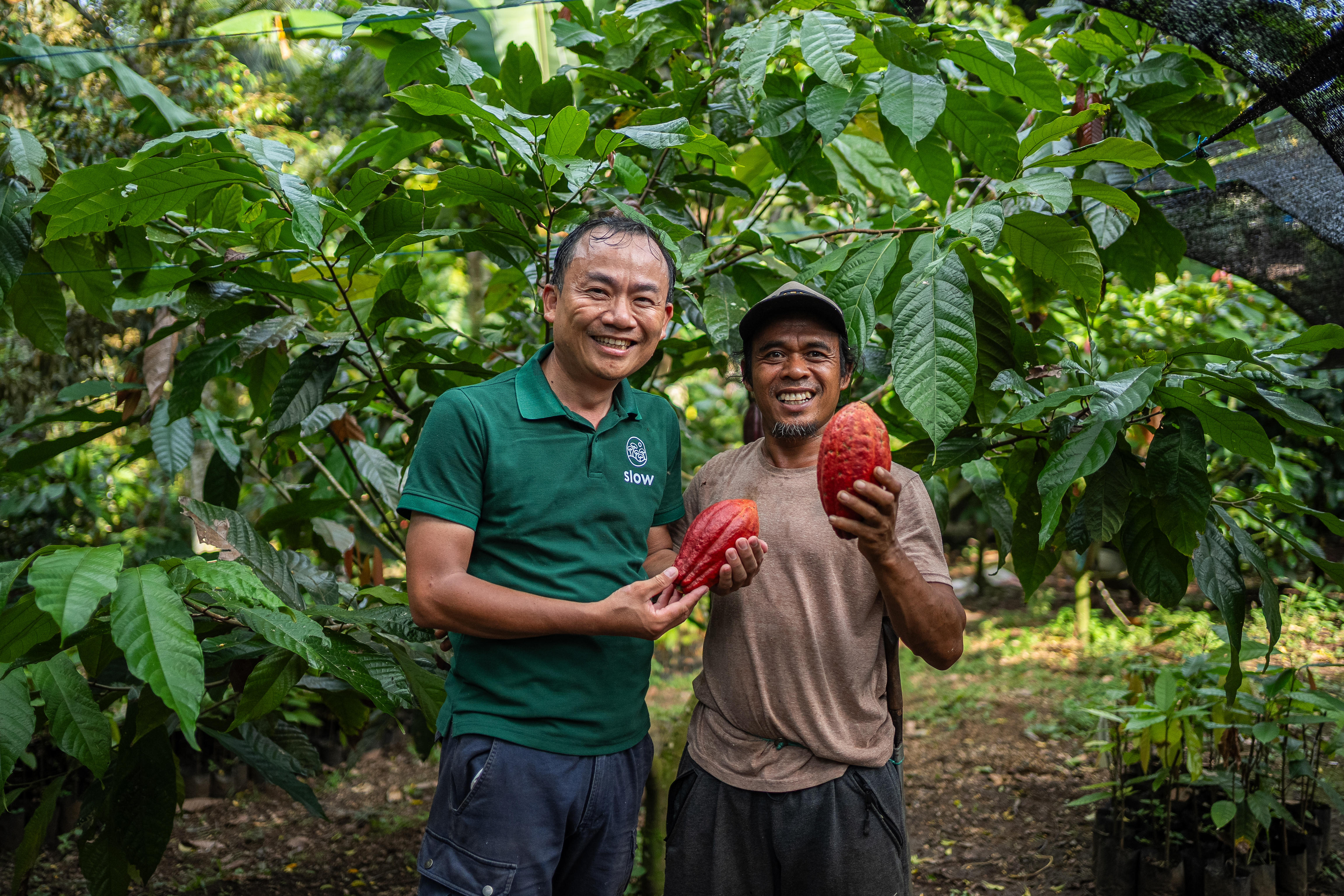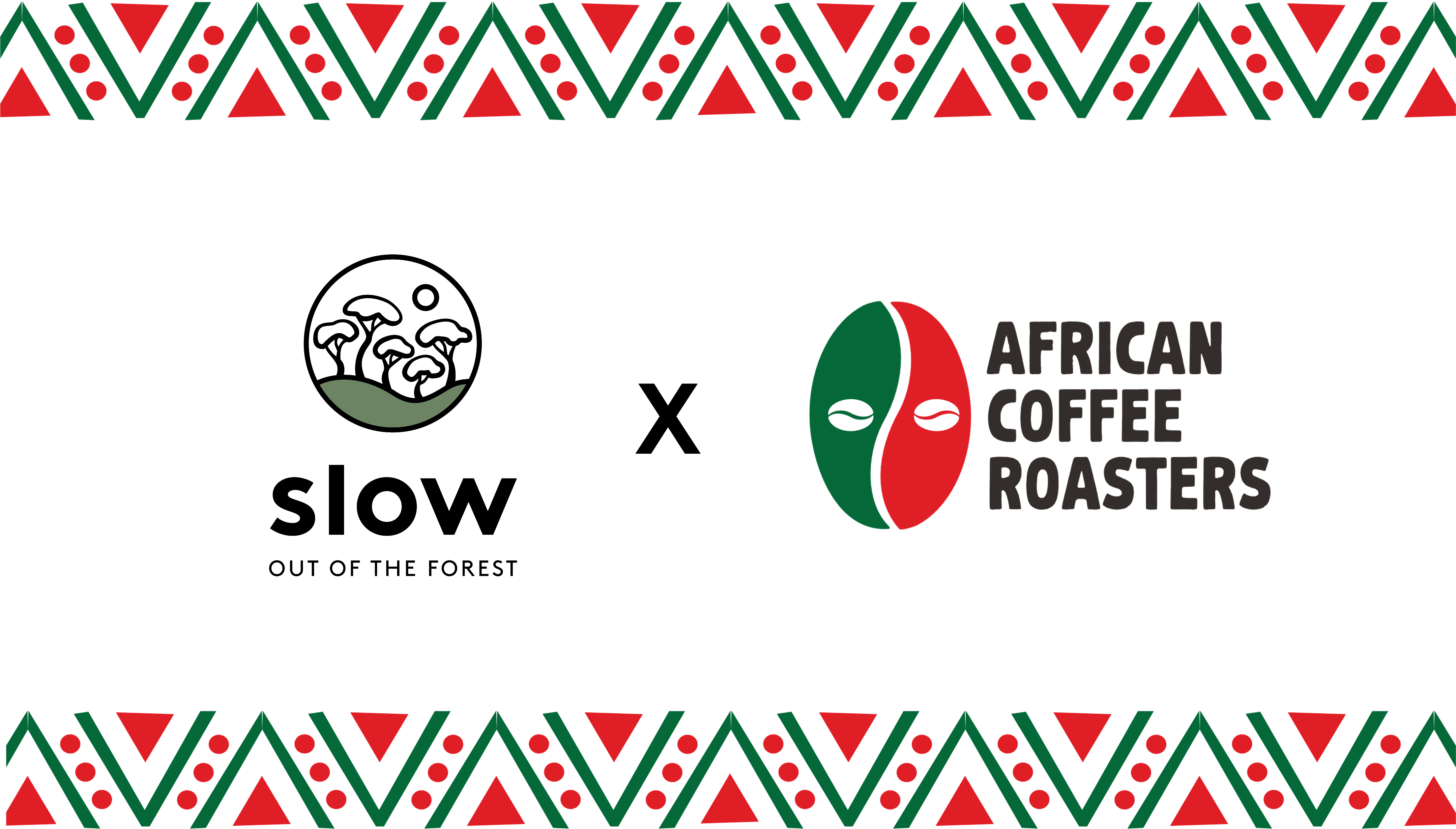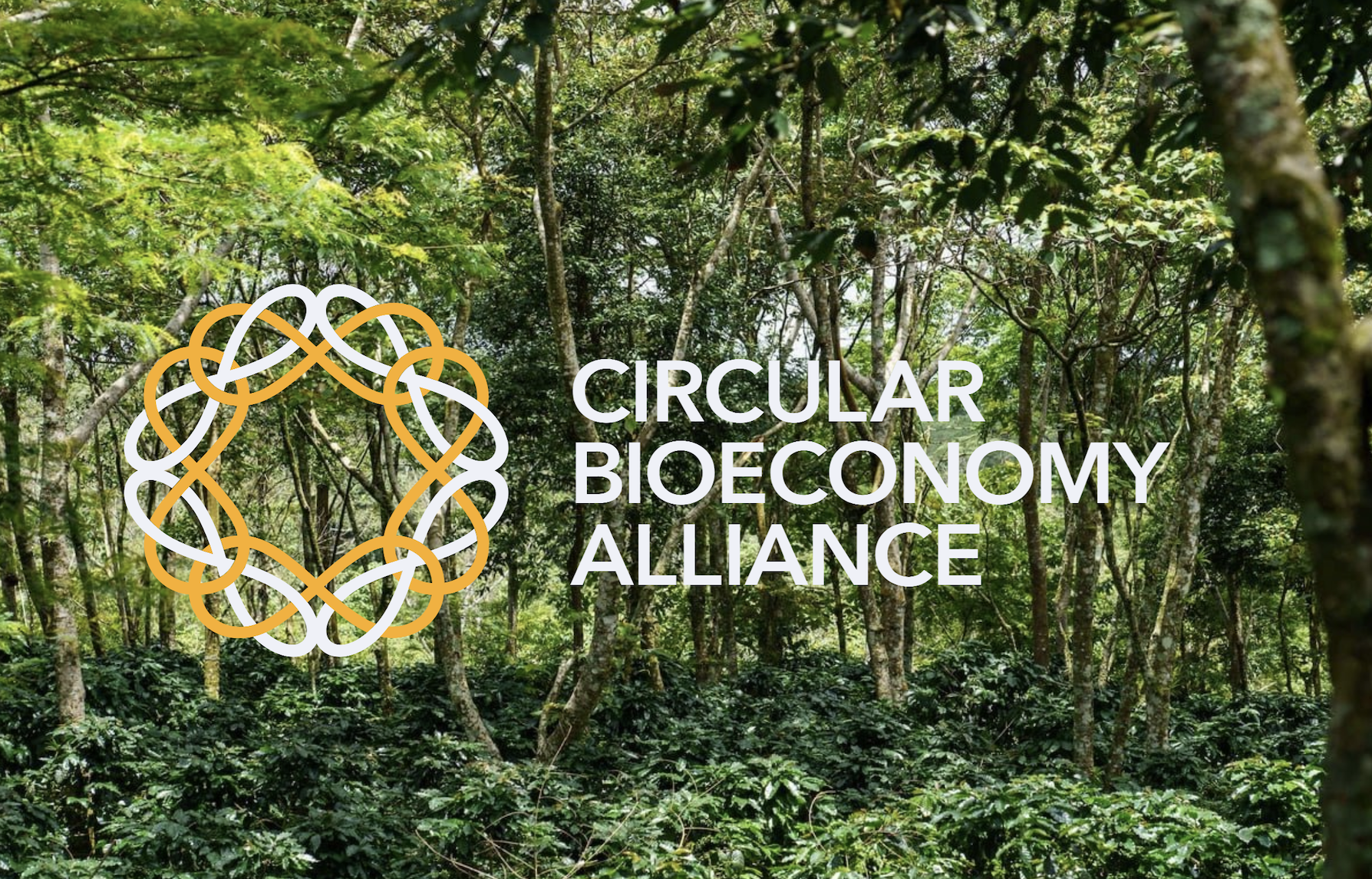Earth Day: Four ways to reduce your coffee and chocolate footprint
Earth Day reminds us that change doesn't have to wait for sweeping policy or perfect systems. Often, it starts with something as simple—and as...
%20wildlife%20Slow%20Lakkhao%20farm.jpg?width=1200&height=627&name=Northern%20Red%20Muntjac%20(Muntiacus%20vaginalis)%20wildlife%20Slow%20Lakkhao%20farm.jpg)
Northern red muntjac, Muntiacus vaginalis © Slow
Our nature cameras recently captured a glimpse of a northern red muntjac, also known as the barking deer. This shy creature emerged from the undergrowth, its reddish coat and prominent brow clearly visible in the image.
Muntjac typically inhabit areas with well-underdeveloped undergrowth, and their presence suggests a potentially healthy ecosystem within our coffee farm.
Unlike the camera-shy muntjac, the nimble small Asian mongoose is a frequent visitor during the day. Our camera captured it scurrying through the undergrowth, its reddish-brown fur perfectly camouflaged amongst the leaves as it searches for a tasty snack.
Renowned for its agility and fearlessness with snake, this little critter plays a vital role. It helps keep the farm's insect and reptile populations in check, signifying a healthy ecosystem.
%20Wildlife%20Lakkhao%20farm.png?width=1200&height=584&name=Asian%20mongoose%20(Herpestes%20javanicus)%20Wildlife%20Lakkhao%20farm.png)
Small asian mongoose, Herpestes javanicus © Slow
Caught in the act. A leopard cat, its coat a striking mosaic of spots, pauses mid-climb, illuminated by the camera's spotlight. This nocturnal hunter scans the leaves with sharp eyes, searching for prey. An unseen guardian, the leopard cat helps keep the farm's pest population in check.
%20Wildlife%20Slow%20Lakkhao%20farm.png?width=1200&height=651&name=Leopard%20cat%20(Prionailurus%20bengalensis)%20Wildlife%20Slow%20Lakkhao%20farm.png)
Leopard cat, Prionailurus bengalensis © Slow
Meet the masked palm civet who thrives in our coffee farm at night. This solitary hunter is a skilled climber, often seen navigating tree branches with its sharp claws.
With its keen senses of sight and smell, the civet hunts a variety of prey, from insects and small mammals to the occasional bird.
%20Slow%20Forest.png?width=1200&height=706&name=Masked%20palm%20civit%20(Paguma%20larvata)%20Slow%20Forest.png)
Masked palm civet, Paguma larvata © Slow
And, here's a look at our Lakkhao coffee farm in Laos, where towering canopies now shade our coffee bushes.
%20Lakkhao%20farm.jpg?width=1200&height=800&name=Coffee%20and%20Shade%20trees%20(temporary%20shade)%20Lakkhao%20farm.jpg)
Towering canopies shade our coffee bushes at Lakkhao farm. © Slow

Sombuth Champasy, Slow Farm Manager at Lakkhao, pictured by a nature camera that provides valuable insights into the farm's ecosystem. © Slow

Earth Day reminds us that change doesn't have to wait for sweeping policy or perfect systems. Often, it starts with something as simple—and as...

Big news from Slow. African Coffee Roasters is now part of the Slow family. And this isn’t just an acquisition—it’s a major step forward in how...

A few years ago, coffee and chocolate were just products. But at Slow, we’re changing the story. We’re not just selling beans and cocoa, we’re...